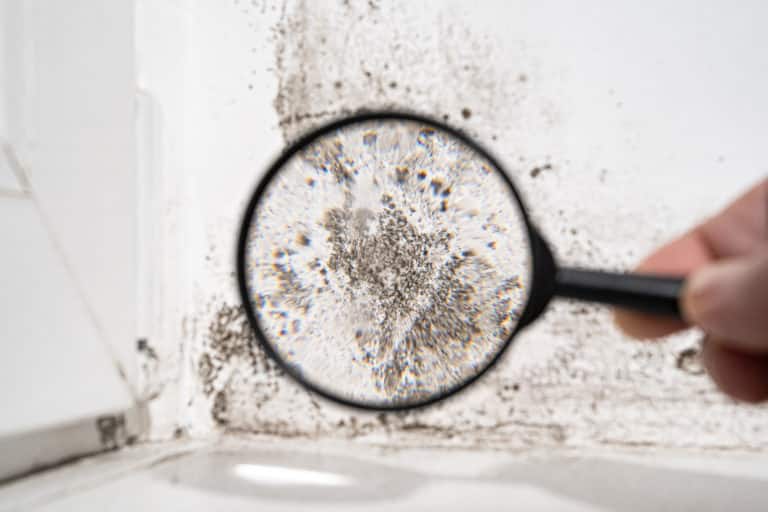Water damage within a property can set the stage for a cascade of subsequent issues, notably mold growth and termite infestations, that can further undermine the structural integrity and safety of your home. Addressing the aftermath of water damage necessitates immediate and strategic actions to prevent these unwelcome guests. This comprehensive guide outlines effective strategies to protect your property from mold and termite damage after water-related incidents, emphasizing the importance of indoor air quality and ongoing vigilance.

Preventing Mold Proliferation Post-Water Damage
The battle against mold begins within the first 24 hours following water damage. Swift action is imperative to forestall its growth:
- Immediate Water Removal: Prioritize the extraction of standing water. For minor spills, a wet/dry vacuum is sufficient, but larger volumes of water necessitate professional intervention.
- Accelerate Drying Processes: Remove saturated items such as furniture, rugs, and especially carpet padding, which often requires replacement. While the carpet itself might be salvaged, thorough drying is essential.
- Dehumidify and Ventilate: Employ fans and dehumidifiers aggressively and open windows to facilitate air circulation, significantly reducing moisture levels.
- Sanitize Thoroughly: Utilize steam cleaning for floors and a chlorine bleach solution for walls to eradicate potential mold spores, preventing their growth.
Termite Deterrence Following Water Damage
Termites are drawn to moist environments, making post-water damage conditions ideal for their invasion. To counteract this:
- Eliminate Moisture: Implementing mold prevention techniques will concurrently dissuade termite activity by removing their preferred habitat.
- Deploy Preventative Measures: Install termite baits and treat wood structures with termite repellent, especially when the property is most vulnerable.
- Seal Entry Points: As the property dries, ensure all windows are closed and seal cracks and openings in the foundation to block termite access.
Indoor Air Quality’s Critical Role Post-Water Damage
The aftermath of water damage is not confined to visible destruction; it can also precipitate a decline in indoor air quality, posing health risks:
- Mold and Health: Mold, omnipresent in the environment, can escalate from a minor irritant to a major health hazard when it infiltrates homes, necessitating regular mold assessments.
- Other Pollutants: Beyond mold, dust, pet dander, rodent droppings, and even asbestos can degrade air quality, particularly following water damage in older homes.
- Continuous Monitoring: Given the significant amount of time spent indoors, maintaining high indoor air quality is essential for long-term health.
The Imperative of Ongoing Monitoring for Home Health
Addressing mold, termites, or water damage immediately is crucial, yet it marks the commencement of a sustained effort to safeguard your home:
- Risk of Recurrence: Mold and termites can re-emerge if conditions become favorable again, underlining the necessity for continuous vigilance.
- Unseen Damage: Water can secrete into concealed spaces, fostering environments ripe for mold and termites, often going unnoticed until substantial damage has occurred.
- Evolving Conditions: Environmental changes around your home can introduce new risks, necessitating regular assessments.
- Ensuring Peace of Mind: Regular professional inspections can confirm the safety of your home, offering reassurance.
- Cost Efficiency: Early detection and intervention can prevent minor issues from escalating into costly repairs.
- Preserving Home Value: A well-maintained home, free from mold and termite damage, retains and can increase its market value.
Proactive Steps for Optimal Protection
Scheduling annual inspections for mold and termites can identify and mitigate potential threats before they escalate. These preemptive measures are essential for maintaining the structural integrity, safety, and value of your property. By adopting a proactive and vigilant approach, homeowners can effectively safeguard their homes against the long-term effects of water damage, ensuring a healthy and secure living environment.





